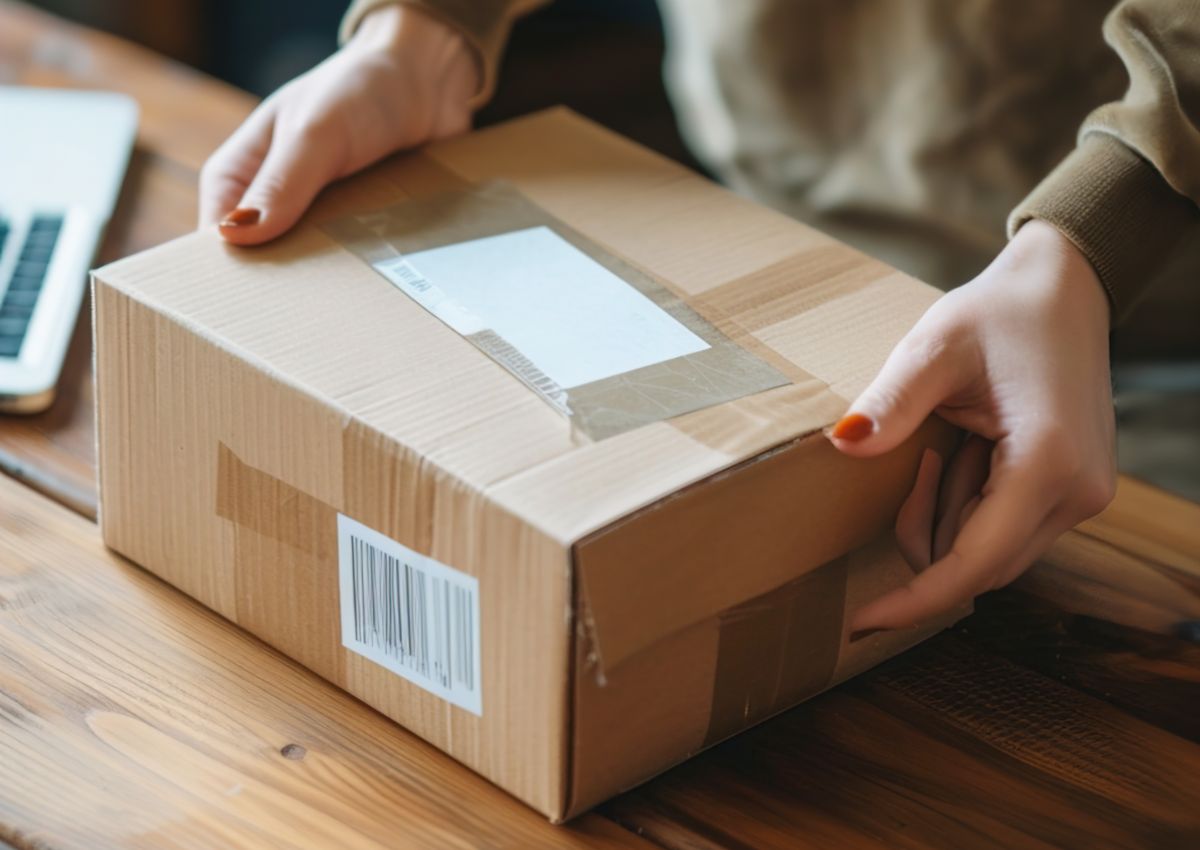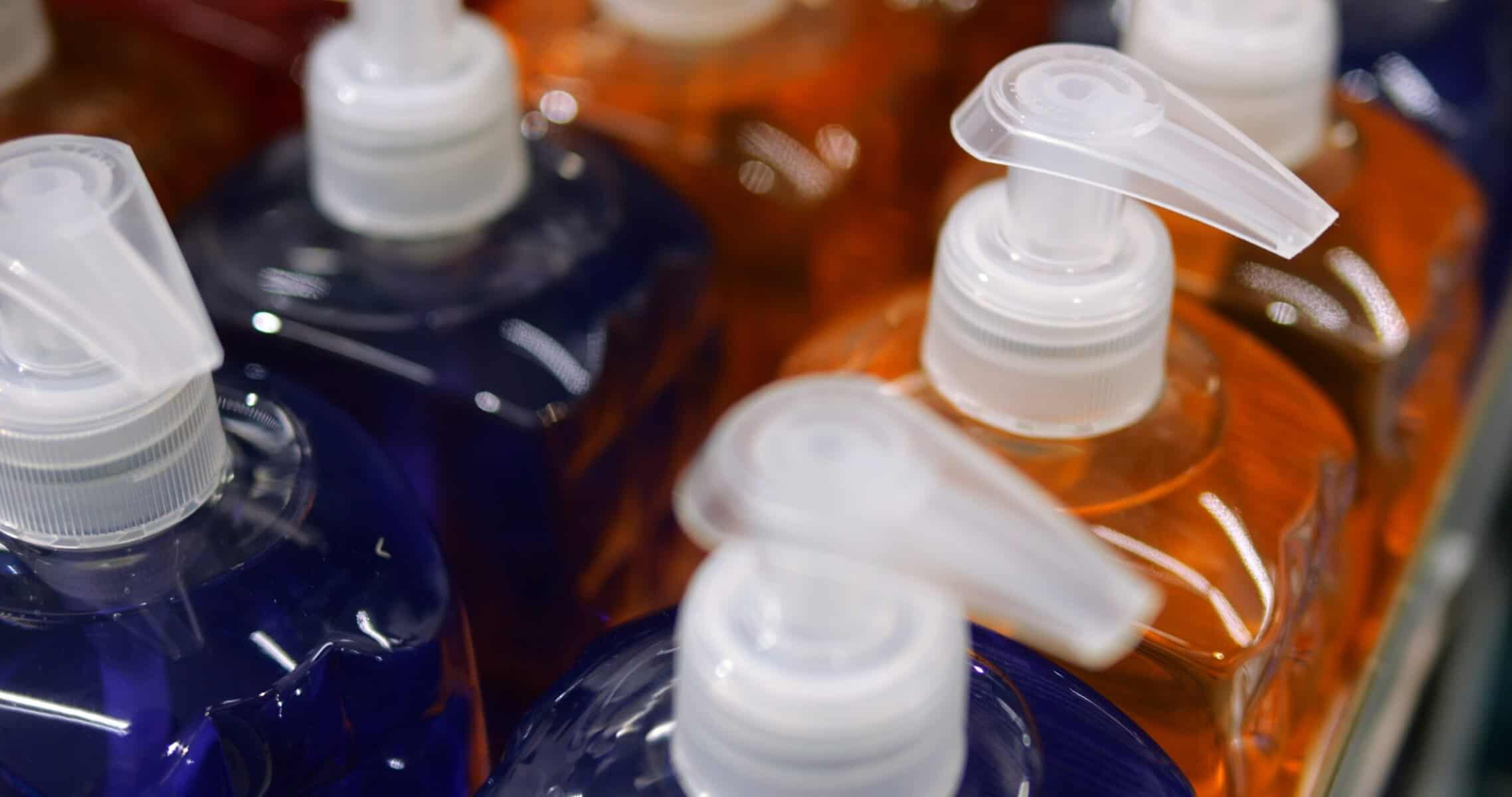Last month, we ran a guest-authored article from Dan Murphy, a partner the global management consultancy Kurt Salmon. In it, Dan referred to home delivery as the ‘sinking ship’ everyone was refusing to acknowledge; in the face of tremendous growth of e-commerce sales, the cost of home delivery has grown steadily too. So much so, that it’s losing the grocery sector alone an eye-watering £100M per year.
If it costs between £10 and £15 to execute a home delivery and you’re charging less than that (in some cases considerably less), there’s clearly going to be a problem somewhere. Especially once you throw in factors like failed deliveries, or deliveries that are higher cost by nature of the items being shipped – food being one such example, flowers another.
Not surprisingly, this issue is close to the hearts of many eDelivery readers, and our postbag* has been bulging with your comments and opinions. We’ve selected a few for you here, and there will be more to follow.
David Grimes, managing director of My Parcel Delivery:
“On-going delivery and carrier issues need to be sorted out once and for all, especially around peak periods. Etail is growing at a much faster rate than carriers’ capacity to deliver parcels so the problem isn’t going away – it’s going to get much worse.
“Retailers do need to be much more honest with their customers about what service they are paying for. Maybe it’s time for an industry standard on delivery expectations? Having goods delivered to your home does cost money – so retailers and carriers need to work much more closely together to communicate with consumers and ensure they can continue to give the best service possible, instead of having margins squeezed tighter and tighter.
“It’s absolutely critical that retailers set the right expectations with customers from the offset to avoid disappointment. Maybe there needs to be a relaxation over peak periods, such as Black Friday, where retailers remove any service promise to their customers, or at least for next-day deliveries.”
Andy Hill, commercial director at Electio:
“A lot has been written in recent years about the explosion of click-and-collect, however, this usually entails asking customers to collect from a retailer’s own stores. This is not necessarily a great solution for the customer – if they can’t get to the store, that’s possibly why they’re ordering online in the first place.
“A much better solution for the customer is for retailers to offer a greater number of collection points at local convenience stores and petrol stations, for example. In fact, there are well over 30,000 of these already stationed in the UK with the PO, Collect+ and InPost – yet there just aren’t enough retailers offering these options.
“Retailers should also start looking at how they can use social shipping platforms to ensure they are ahead of the curve. Social shipping is a peer-to-peer solution that allows people to deliver packages on behalf of retailers or individuals for a fee. Carrier capacity is in no way able to keep up with the demand for online shopping, so investing in this solution now could help future-proof the industry and also offers more choices to consumers.”
Scott Slinn, Head of Supply Chain Solutions at BT Expedite:
“Most customers are unaware of the true cost of delivery, which means they always consider themselves to be at a loss when they have to pay for delivery. As this perception will probably not change anytime soon and the cost of home delivery is looking like it will continue to increase, retailers need to find a way to stem the flow of loss. This could either be by incorporating the cost of delivery into the product pricing or by incentivising customers to collect in-store.
“For most retailers, the e-commerce store has the best performance and continues to grow. It offers a level of convenience that no other channel seems to be able to match. It is understandable why retailers want to take advantage of this convenience but by making the in-store experience more seamless and incorporating various elements of the online shopping experience that customers have come to expect, they could divert some of the traffic in-store and reduce the losses on home delivery.”
Jason Shorrock, Senior Director, Retail Strategy EMEA, JDA:
“Recent retail CEO research from PwC suggests that the highest cost of omnichannel fulfilment is shipping directly to the customer (67%). This cost is seriously impacting on retailers’ margins; only 16% of the retail CEOs surveyed said they can fulfil omni-channel demand profitably.
“Against this backdrop, being able to fulfil online orders in a profitable manner is essential. While we have seen considerable growth in click-and-collect over the last couple of years, home delivery remains hugely popular. Figures from our recent Customer Pulse report have shown that cost (50%) and convenience (25%) are most important to consumers when it comes to home deliveries. In fact, a third (33%) of consumers stated they would pick a retailer that offered a particular slot for delivery at an extra cost, over one which offers just free delivery.
“In the future we will see retailers start to manage profitability on a per customer basis; this could include variable delivery and returns charges or variable thresholds for free delivery based on the value of the customer to the retailer.”
Vicky Brock, CEO of Clear Returns:
“While the cost of delivery to retailers is well documented, the cost of returns is much less so. However, this must be taken into account. Globally, returns is £400bn problem, yet £200bn is ‘preventable’, meaning if retailers did something about it, they could recoup a sizeable proportion of this. What’s more, we have found that as few as 7% of products trigger 40% of returns – a hugely disproportionate impact from such a small number of problem items.
“With e-commerce, the problem of returns is exacerbated. Not only can customers not physically see and touch the product, but increasingly, we’re seeing retailers say, “Buy X and have it by Saturday”, or, “Buy now, have it this afternoon”. To do this they must be certain that they can technically deliver on that promise because, if they can’t, not only are they going to be driving up the return rate, they risk losing a disappointed customer forever.
“Of course, technology can solve delivery problems but, in the end, if I personally had to pick one thing that’s causing returns, I would say it’s the expectation gap – the gulf between the reality in the shopper’s mind and the reality of what arrives and when.”
Craig Sears-Black, UK MD of Manhattan Associates:
“The clamber to offer free delivery in recent years has essentially been part of a price war and many consumers have now come to expect free delivery but it’s not sustainable from the retailer’s perspective.
“Ultimately someone has to pay and that’s us, the consumer, and we have to pay through a higher price for the product itself or a higher price for having it delivered same day or next day. Maximising the service experience for the customer, by offering multiple delivery options is fine, but not at any cost.
“There’s a science to this and the future retail winners will be those that are able to embrace technology with the requisite algorithms to help them make an informed decision in real-time about what specific item(s) of network inventory should be allocated to meet an order to give the customer what he or she wants, at the same time as ensuring a profit can be made on that transaction.
“Only once this is known then can the retailer decide whether it makes sense to offer up free or subsidised shipping. This then becomes a rational approach to determining the viability of free delivery.”
We will follow-up this piece with a further collection of thoughts and opinions from readers on this topic. As always, if you want to add your voice to the conversation, we’d love to hear from you.
* It’s not an actual postbag, it’s the editor’s inbox.














